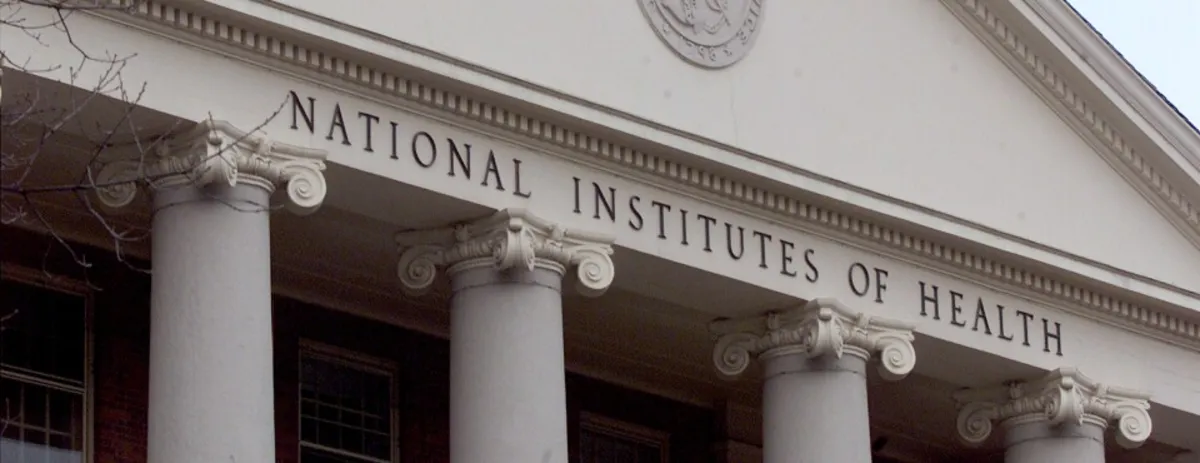
The National Institutes of Health (NIH) has announced the layoff of an additional 200 employees as part of a significant reduction-in-force initiated by the US Department of Health and Human Services (HHS). This decision follows a wave of layoffs that occurred last month, which aimed to streamline operations within the NIH.
On May 2, the NIH issued notices to “less than 250 employees” informing them of their layoff status, a move that aligns with the reduction-in-force executed on April 1. According to an HHS official, the organization plans to reinstate a similar number of employees in critical areas, ensuring that essential functions remain intact.
These layoffs are part of the Trump administration's broader initiative to downsize the federal workforce, specifically targeting approximately 1,200 positions within the NIH. The agency is working to centralize its procurement, human resources, and communications across its 27 institutes and centers to enhance efficiency.
The May 2 notifications primarily impacted employees involved in emergency preparedness and risk compliance programs. These programs are crucial for ensuring that organizations are equipped to handle unforeseen emergencies. Sources familiar with the situation, who requested anonymity, confirmed the specifics of the layoffs.
Andrew Nixon, an HHS spokesperson, commented on the implications of these layoffs, stating, “The savings from these reductions will help redirect resources toward critical programs and strengthen our ability to serve the American people effectively.” He emphasized that the overarching goal is to “reduce waste and maximize the impact of every taxpayer dollar.”
Reports indicate that the second round of layoffs also affected employees at the National Cancer Institute, particularly those working in communications and information services. However, an HHS spokesperson reassured the public that the May 2 actions will not adversely affect HHS functions or programs, asserting that the department's operations will continue without disruption.
As the NIH navigates these challenging changes, the focus remains on enhancing operational efficiency while maintaining the integrity of vital health services. The agency's commitment to redirecting resources towards critical programs is a pivotal part of its strategy moving forward.